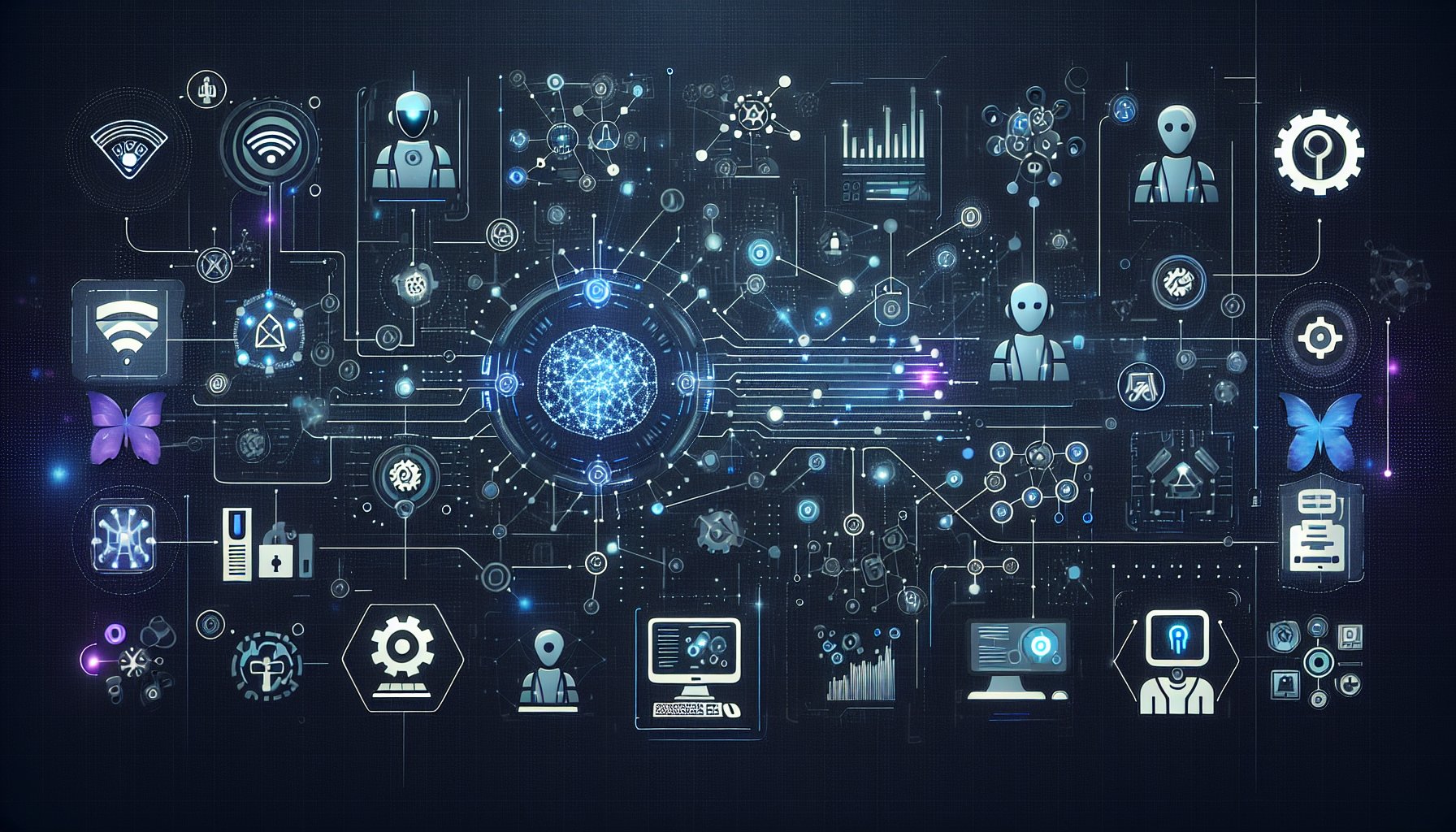Introduction
As we explore the futuristic landscape of IT development, one term that's making a significant impact is 'Agentic AI Workflows'. This next-generation technology is reshaping the way developers and businesses approach their work, providing a more streamlined, efficient, and innovative process. In this post, we will dive deep into this modern approach, exploring its benefits, applications, and future potential.
What are Agentic AI Workflows?
Agentic AI Workflows refer to the implementation of autonomous artificial intelligence systems to automate, manage, and enhance workflows within IT development. These AI systems not only automate tasks but also learn, adapt, and make decisions, acting as 'agents' within the workflow.
Key Components of Agentic AI Workflows
An Agentic AI Workflow is characterized by a few key components:
- Autonomy: The AI system operates independently, making decisions without human intervention.
- Learning: The system uses machine learning algorithms to learn from data and improve its performance over time.
- Adaptability: The system can adapt to changes in the workflow or the environment, ensuring optimal performance under varying conditions.
Benefits of Agentic AI Workflows
Agentic AI Workflows offer numerous benefits for IT development, including:
- Increased Efficiency: By automating routine tasks, these workflows free up developers' time, allowing them to focus on more critical issues.
- Improved Accuracy: AI systems can perform tasks with high precision, reducing the risk of human error.
- Scalability: These workflows can handle larger volumes of work, making them ideal for businesses looking to scale up their operations.
Implementing Agentic AI Workflows
Implementing Agentic AI Workflows involves several steps:
- Identifying Tasks: Start by identifying tasks that can be automated. These could be routine tasks or tasks that require a high level of accuracy.
- Designing the Workflow: Design the workflow by specifying the sequence of tasks and the decisions that need to be made at each step.
- Training the AI: Use machine learning algorithms to train the AI system, using a dataset representative of the tasks it will be performing.
- Deploying the Workflow: Once the AI system has been trained, it can be deployed into the workflow.
It's important to note that implementing Agentic AI Workflows requires a strong understanding of both AI and workflow management. Moreover, continuous monitoring and retraining of the AI system may be necessary to ensure optimal performance.
Conclusion: Embracing the Future of IT Development
Agentic AI Workflows represent the future of IT development. As AI technology continues to advance, we can expect these workflows to become increasingly sophisticated, providing even greater benefits for developers and businesses. By embracing Agentic AI Workflows, businesses can stay at the forefront of technological innovation, ensuring their continued success in a rapidly evolving industry.
